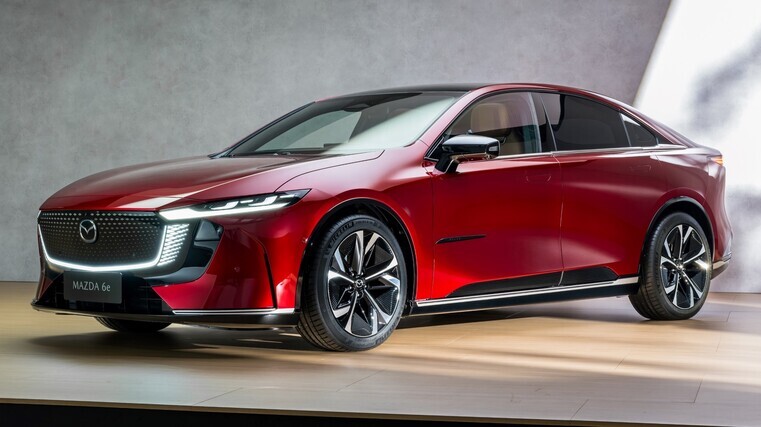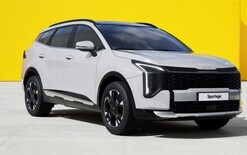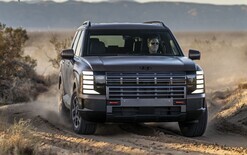Marque’s electric innovations

Mazda’s president has unveiled the company’s strategy to enhance its electrified future.
Masahiro Moro and his leadership team have announced three components to enable it to “flexibly address” the future.
One of these is a “lean asset strategy” to improve competitiveness by optimising investments in batteries and other areas.
By utilising existing assets and forming strong partnerships, Mazda aims to maintain quality and maximise expertise while cutting costs in areas such as electric architecture, hybrid systems, and battery and thermal management.
Then there’s the “multi-solution strategy”. The company wants to continue providing customers with the right powertrain sources.
The aim here is to ensure vehicles are equipped with the most suitable powertrain options by market – whether internal combustion engines (ICEs), hybrids or battery EVs (BEVs).
Finally, there is “monozukuri innovation 2.0”. Driven by the rapid progression of intelligence technologies and complex products, Mazda will evolve its model-based development to improve flexibility, efficiency and speed.
By combining ICE and electrification systems, it aims to achieve significant operational efficiencies by 2030. This will expand the use of model-based development across the supply chain for efficient development and production.
Moro says: “As the industry is going through a once-in-a-century seismic shift, Mazda keeps on evolving for the next generation of vehicles.
“All of us at Mazda are committed to striking the right balance of efficient business management and the development of sustainable technology to deliver unique value regardless of scale.”
These strategies are supported by three key innovations, one of which is the new SKYACTIV-Z engine.
It forms the core of Mazda’s line-up for small products in the electrification era, meeting Euro 7 emissions standards while achieving high fuel economy and driving performance.
Combined with the marque’s in-house hybrid system, it will debut in the next-generation CX-5 by the end of 2027.
When it comes to BEVs, the company’s in-house developed platform will be “highly flexible” – on both hardware and software – allowing for various battery types and models.
Mazda’s own battery EV, set for 2027, will be produced in Japan with its cells developed with Panasonic Energy Corporation.
Following the 6e, pictured above, a new SUV EV model will be launched between 2025 and 2027.
The company’s existing mixed-flow production line will also be used for BEVs, reducing initial capital investment by 85 per cent and preparation time by 80 per cent compared to new plant construction.





